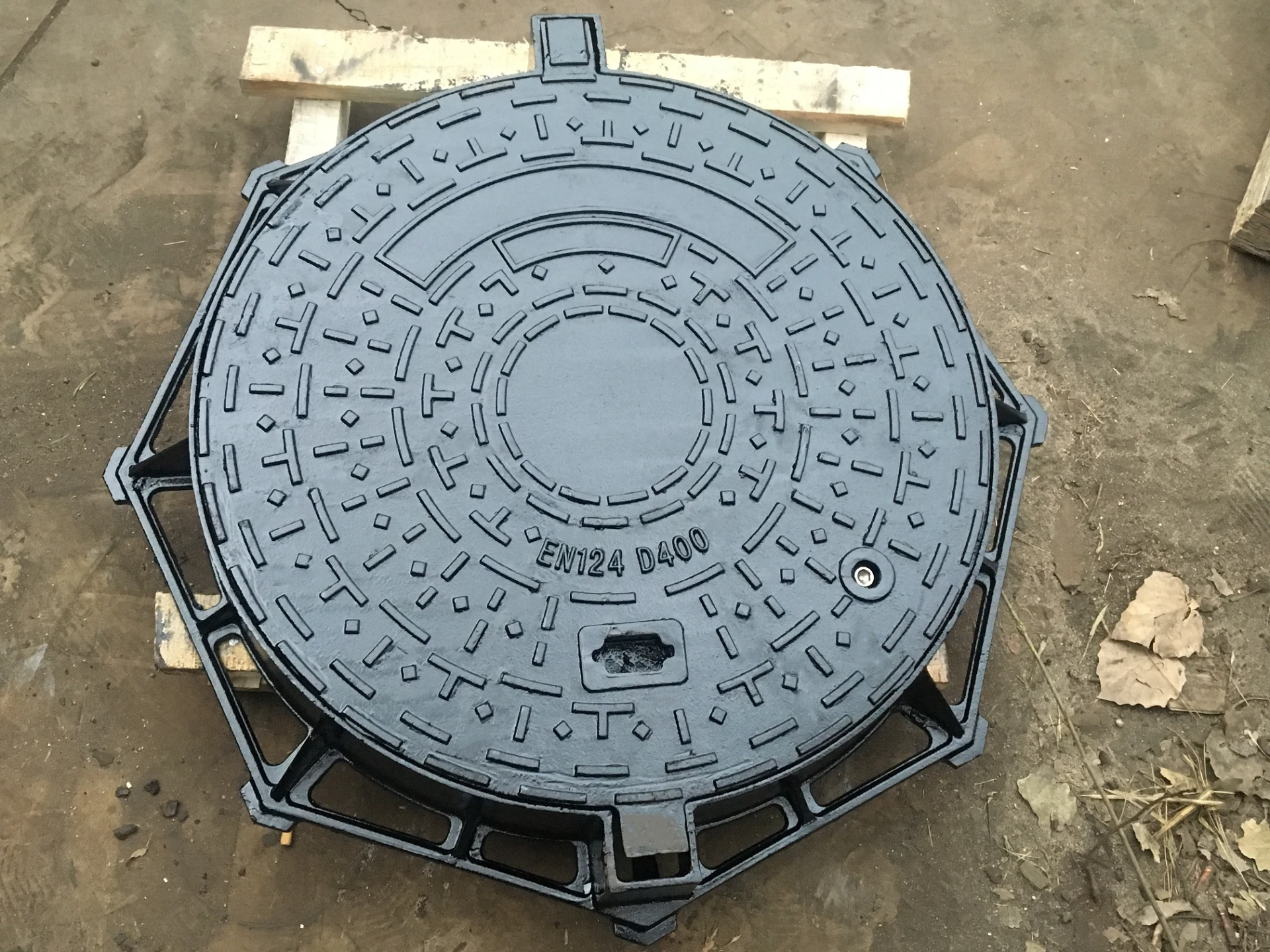Air Relief Valve Installation for Efficient Water Line Management and Performance
Understanding Air Relief Valves for Water Lines
Air relief valves play a crucial role in the efficient operation and maintenance of water lines. These valves are integral components that help regulate air within pipelines, preventing the negative impacts caused by air accumulation. This article aims to delve into the importance of air relief valves, their functions, applications, and benefits in water line systems.
What is an Air Relief Valve?
An air relief valve is a specialized device installed in water lines and other fluid transmission systems to allow air to escape. When water flows through pipelines, it can create pockets of air that result in various operational issues. Without a mechanism in place to vent this air, the accumulation can lead to pipe damage, decreased efficiency, and potential service interruptions.
Functions of Air Relief Valves
Air relief valves serve several essential functions
1. Prevention of Air Buildup They help release trapped air in a water line, ensuring that the pipeline maintains a consistent flow. Air bubbles can impede water movement, leading to erratic pressure readings and reduced efficiency.
2. Protection Against Water Hammer Air trapped in pipes can create conditions conducive to water hammer, a phenomenon where sudden changes in water flow cause shock waves that may damage pipes and fittings. Air relief valves mitigate this risk by allowing air to escape, thus stabilizing pressure levels.
3. Facilitating Maintenance By providing a means to vent air from the system, these valves make it easier for maintenance personnel to troubleshoot and repair pipelines without the risk of pressure-related accidents.
4. Maintaining System Efficiency Consistent and unimpeded water flow contributes to the overall efficiency of a water distribution system. By preventing air lock situations, air relief valves ensure that pumps operate at optimal performance, minimizing energy consumption and costs associated with operation.
Applications of Air Relief Valves
Air relief valves are used in various applications, including
air relief valve for water line

- Municipal Water Supply Systems These valves are vital in municipal systems where large volumes of water are transported. They help maintain the integrity and efficiency of water delivery to households and businesses.
- Irrigation Systems In agricultural settings, air relief valves ensure that irrigation lines remain free of air pockets, allowing for consistent water delivery essential for crop growth.
- Fire Protection Systems In fire suppression systems, air relief valves help ensure that water can be delivered quickly and efficiently in emergency situations without the delays caused by air locks.
Benefits of Using Air Relief Valves
The adoption of air relief valves in water lines offers multiple benefits
1. Enhanced Reliability By preventing air accumulation, these valves contribute to the reliability of the water supply, minimizing service interruptions and ensuring that systems can be depended upon during peak usage.
2. Improved Longevity of Infrastructure With reduced pressure surges and water hammer incidents, the overall lifecycle of pipes and fittings is extended, resulting in lower maintenance and replacement costs.
3. Cost-effectiveness Although there is an initial investment in installing air relief valves, the long-term savings generated through enhanced efficiency and reduced repair costs make them economically advantageous.
4. Environmental Considerations Efficient water distribution systems reduce waste. By ensuring that water flows smoothly and without interruption, air relief valves help conserve this precious resource.
Conclusion
In conclusion, air relief valves are essential components for maintaining the functionality and efficiency of water lines. They not only enhance the reliability of water supply systems but also protect them from potential damage caused by air pockets and hydraulic shocks. Investing in and properly maintaining air relief valves can lead to significant long-term benefits, ensuring that water distribution remains uninterrupted and efficient in both municipal and agricultural settings. As we continue to prioritize efficient water management, the role of these valves becomes increasingly vital in protecting our water infrastructure and resources for future generations.
-
The Smarter Choice for Pedestrian AreasNewsJun.30,2025
-
The Gold Standard in Round Drain CoversNewsJun.30,2025
-
The Gold Standard in Manhole Cover SystemsNewsJun.30,2025
-
Superior Drainage Solutions with Premium Gully GratesNewsJun.30,2025
-
Superior Drainage Solutions for Global InfrastructureNewsJun.30,2025
-
Square Manhole Solutions for Modern InfrastructureNewsJun.30,2025
-
Premium Manhole Covers for Modern InfrastructureNewsJun.30,2025
